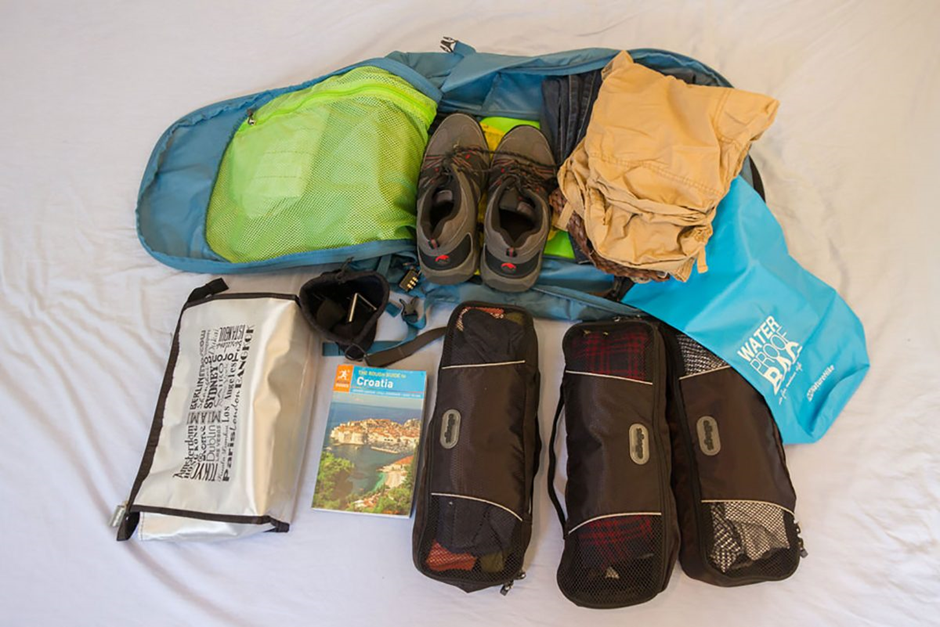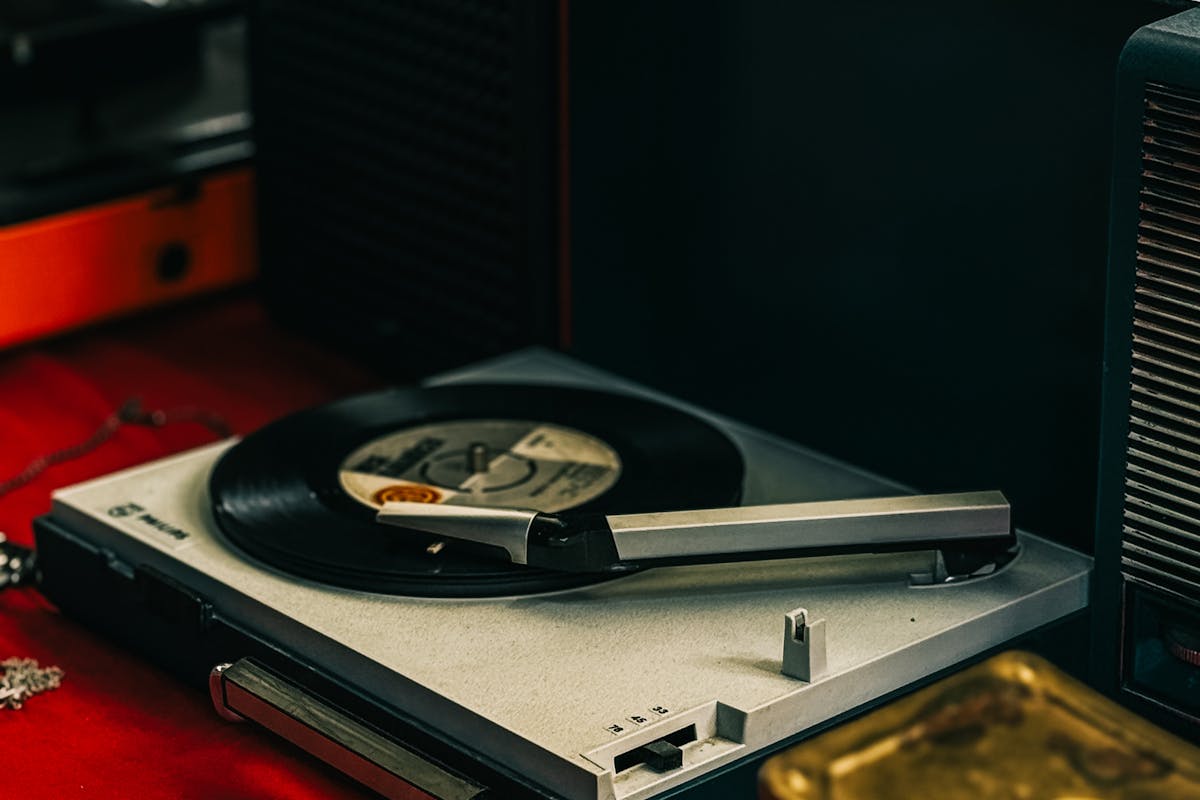Hang on a sec, what do you mean there’s another exercise method gaining ground across the globe?
A trip to the podiatrist a little over a month ago resulted in me looking up many Yoga studios on the Internet in the Klang Valley, especially after the foot expert examined my walking patterns and suggested that I take up Yoga. Of course, she also said that Pilates is good. That means, I’m on the right track but I still needed something extra.
After finding out that most studios were catered to other needs, generally with staircase-only access, I thought hard. I told myself “There must be something more exciting than just Yoga.”
I then decided to refine my search and somewhere in the list of search results, ‘Yoga for dancers’ was highlighted in bold. It eventually occurred to me that I should probably re-start Gyrotonic sessions, after having stopped because I had little awareness and focus on what I was doing with those machines (back in 2014 in another studio that also offered Pilates and Rolfing). Now that it’s been almost six years since I was first introduced to Pilates, I’d like to think that my spine has magically elongated and my body awareness has increased by about twofold, and I’m ready for a combination of both.
Increasing in popularity in Malaysia and elsewhere, Gyrotonic is known for incorporating elements from Yoga, Tai Chi, gymnastics, dance, and swimming. The equipment-based exercise method was born out of the related Gyrokinesis, which uses stools and mats as tools for exercise. The exercise system was developed by a certain Hungarian dancer named Juliu Horvath. The Gyrotonic system was brought to the US in the 1980s.
While both Pilates and Gyrotonic have some shared similarities like control, breath, and mind-body connection, you’ll find these elements more heavily emphasised in the latter. In Gyrotonic, there’s a lot more room for improvisation of exercises to cater to just about anyone, regardless of your health status and age. In Pilates, all movements are done in a two-dimensional manner, whereas Gyrotonic sees you sliding, pulling, arching, rotating, and spiralling without limits. Due to the wider variety of movements and exercises that can be done in the Gyrotonic method, one-to-one sessions are recommended to ensure that you’re moving with as much grace, flexibility, and efficiency as possible.
To date, a couple of private medical centres in Malaysia hold Gyrotonic sessions/classes. Of course, this is in addition to the number of studios offering Gyrotonic classes, either as a standalone or a combination of exercise systems and other services.
I’m looking forward to my next Gyrotonic session! How about you?









Showing 0 comments